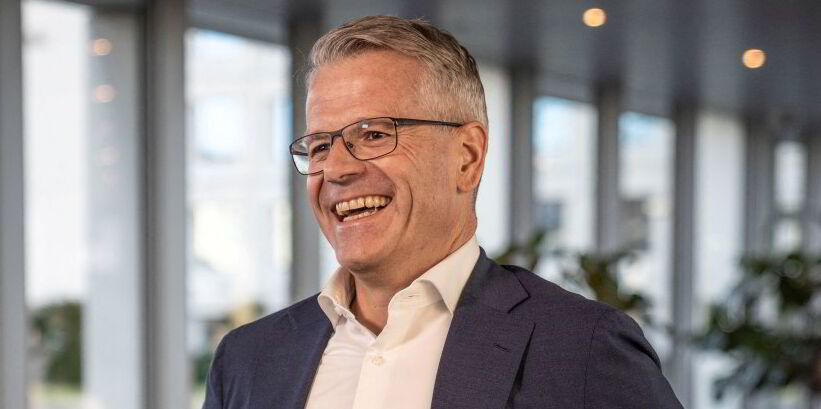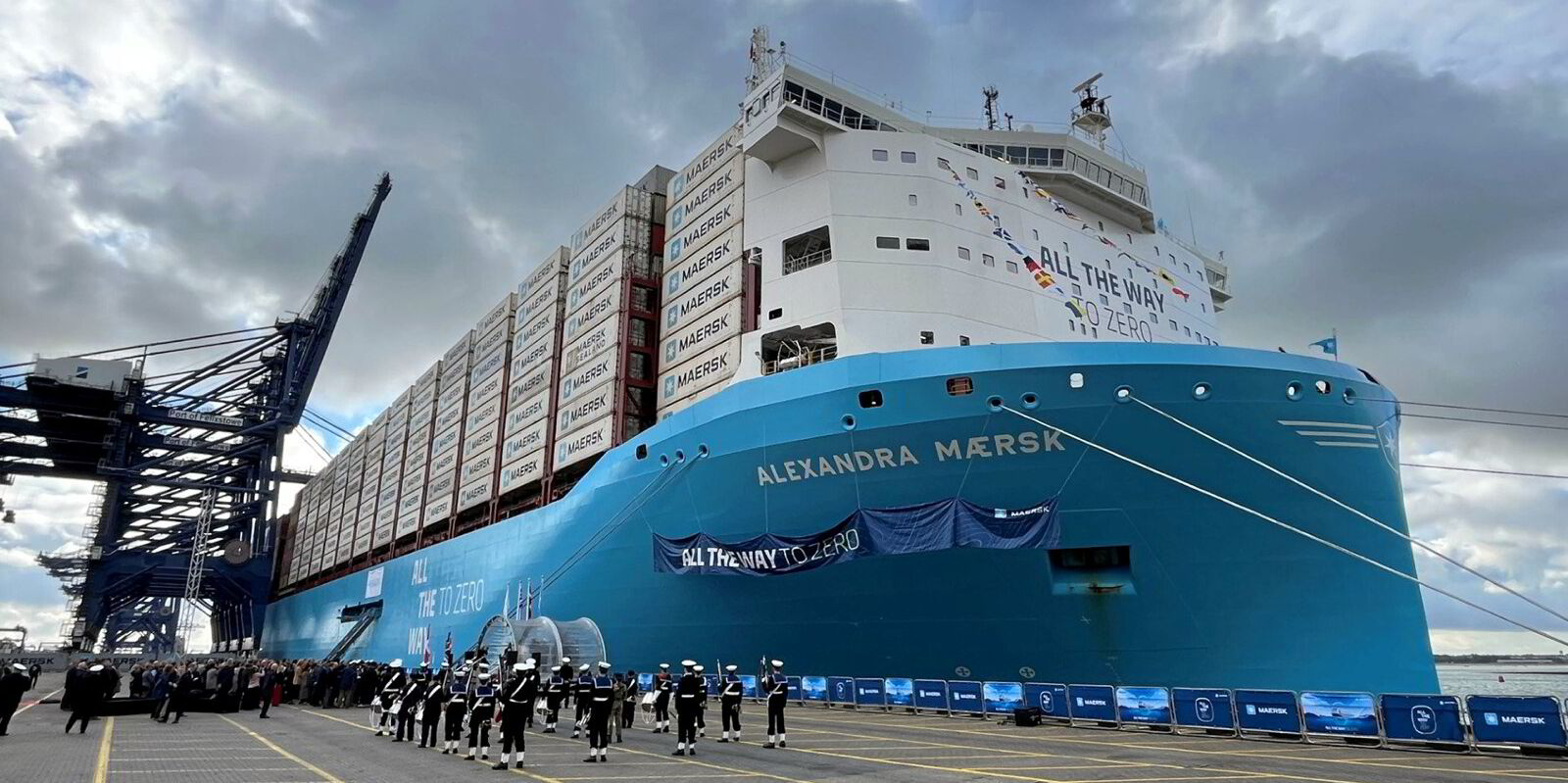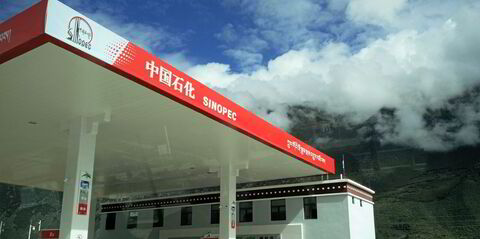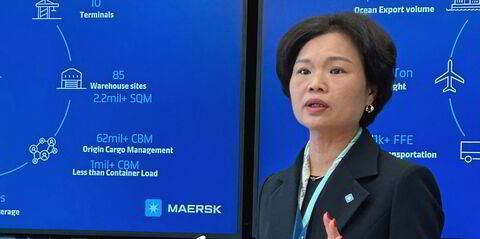Shipping could benefit from the build-out of zero-carbon, green ammonia production to meet global demand, which is expected to reduce costs compared to LNG and methanol alternatives.
Speaking on a Bimco webinar, Clarksons head of green transition Kenneth Tveter said there is an over-focus on how fuels are developed when the biggest challenge to producing low-carbon options for shipping is to understand the value chain.
He said three things need to be in place for alternative fuels — production, bunkering infrastructure and technology.
Historically shipping has been willing to pay to develop the technology needed to use the fuels and the bunkering infrastructure, he said.
He continued: “The biggest cost is the fuel production and that is where it is going to be challenging for the industry to push this forward.”
Tveter — who stressed that the brokerage is “fuel agnostic” — said the development of LNG as a fuel had nothing to do with demand from shipping but came on the back of the increased exports of gas.
“The same story is about to unfold with ammonia,” he said, citing, as an example, the 12 nations that have agreed to co-fire power plants with coal and ammonia.
“This is a market that will develop independently of whether shipping decides ammonia will be a part of our fuel mix.”
He suggested that the shipping industry does not have to pay for the development of the ammonia supply side but instead can “tap into this story when it matures”.
In contrast, Tveter said that methanol struggles with this challenge in that there is not a very strong demand outside shipping willing to commit and build out the supply side.
He said methanol has had an advantage when it comes to vessel capital expenditure, which explains the earlier swing seen in methanol dual-fuelled vessels.
Real life
The Clarksons green transition head gave a compelling example of just how expensive it can be to build out green alternatives of the fuel.
Tveter recounted an unnamed but well-known container ship company that decided to build eight methanol dual-fuelled vessels some time ago.
He said each vessel has a fuel consumption of 50,000 tonnes and the price per vessel was just shy of $200m.
After this, the company entered an offtake agreement with a US producer who would build a methanol plant that would supply 400,000 tonnes per annum of e-methanol or green methanol.
He said the capital expenditure for that plant is $2bn, translating to $250m per vessel solely to secure the fuel supply, excluding the variable cost of the fuel itself.
Tveter said this illustrates that for shipping to be the main driver of developing the supply of these alternative fuels is “very very difficult and questionable at best”.
He said momentum has now moved from methanol back to LNG, mentioning AP Moller-Maersk’s shift to order LNG dual-fuelled tonnage.
Tveter described LNG as a more mature solution that will give an emissions benefit here and now, with the swing towards the fuel also driven by the positive price spread on running vessels on LNG.
In time owners and operators will also have the option of blending in bio-LNG and e-LNG.
Expensive
He said that all e-fuels will be more expensive and will take several years to build out.
In the near term, Tveter said, it is not a very efficient use of scarce renewable energy to convert it into e-fuels.
Looking further out to when renewable fuel prices become cheap or negative and it is a case of “use it or lose it” on the electricity as there are no viable large-scale battery solutions for storage, he said converting that to e-fuels will make sense.
Tveter said that while it is difficult to predict the cost of fuels in 2040 and 2050, Clarksons sees “quite clear evidence” that ammonia will have a cost advantage as a low-carbon fuel over LNG and methanol.
He also pointed out that both methanol and LNG contain carbon.
“Looking at it from a purely carbon perspective, it makes a lot of sense to go towards ammonia longer term.”
In a situation where there is an oversupply of renewable energy, Tveter said: “Ammonia probably has the stronger position than competitors.”








